Since the IEC 62052-11 now also requires the accuracy test repeatability which goes hand in hand with measurement uncertainty, I'd like to give you a brief idea for determination.
A test bench consists of several elements which can introduce additional variable errors. First you need to do a component evaluation.
Component evaluation of standard uncertainty
We have two source types for the measurement uncertainty:
Type A
The calculation method is based on statistic analysis by doing repetitive measurements.
Type B
The type B uncertainties are calculated by standard distribution formulas.
This includes:
– the reference standard
– reference standard rounding errors
– voltage drop of the wiring
– Isolation Current Transformers (ICT)
– current
– Multi Secondary Voltage Transformers (MSVT)
– temperature
– resolution
– vibrations
and other elements or factors which can lead to an error.
The total measurement uncertainty is documented in a report. Those reports are usually generated by the Guide to the Expression of Uncertainty in Measurement (GUM) and their related software. There are specialized metrological institutes for doing the related tests and calculations.
Target
The uncertainty of the measurement of the percentage error should not exceed 1/5th of the limit of percentage error given for the test point at reference condition.
CLOU test benches with ICTs have this values (confidential factor k = 2) and reference conditions:
cosφ=1.0: 0.07%
cosφ=0.5L: 0.072%
Since I have no overview for the measurement uncertainties of other test bench manufacturers, maybe you can contribute in the comments.
Thanks for taking a look and stay safe.
Editor's note: This article was originally published in March 2021 and has been updated for comprehensiveness.
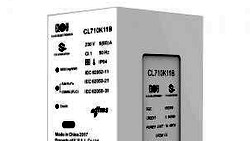
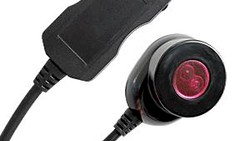
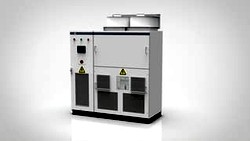
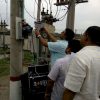
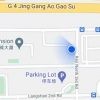
All comments are moderated before being published. Inappropriate or off-topic comments may not be approved.